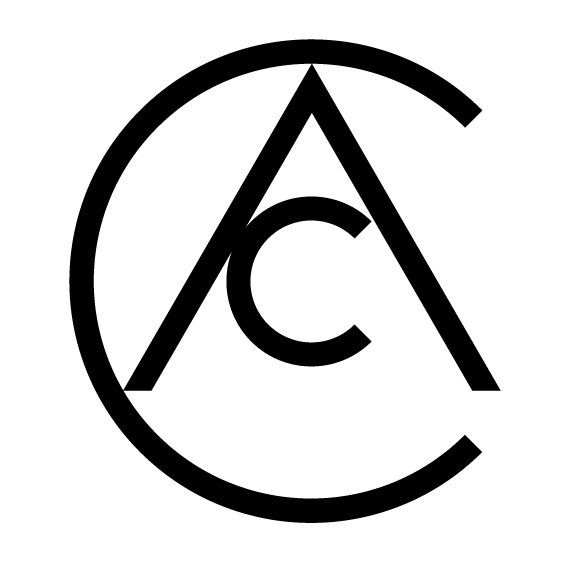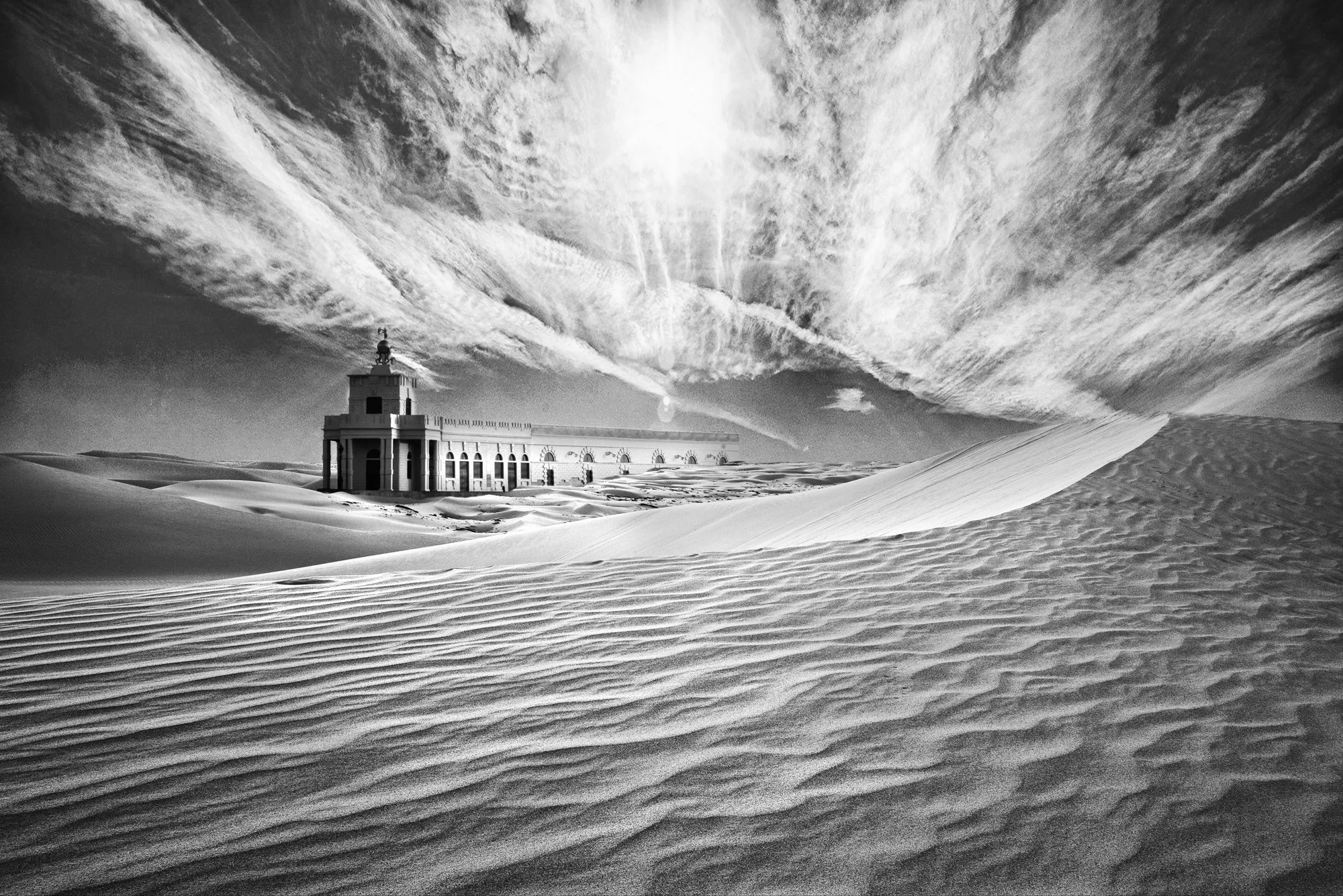Interview with Vitaliy & Elena Vasilieva
Vitaliy and Elena, in your work, you describe dreams as the foundation of your creative process, where subconscious images bypass intellectualization to reveal deeper truths. How do you balance this dreamlike fluidity with the demands of creating art that engages audiences intellectually and emotionally?
Dreams allow us to bypass rationality and tap into a deeper, universal language of emotions and symbols. Balancing this fluidity with intellectual and emotional engagement happens naturally when we trust the process. Subconscious imagery often carries its own internal logic, resonating with audiences without the need for explicit explanation. Rather than imposing meaning, we create spaces where viewers can discover their own truths.
In your “Apocalypse of Art” series, you explore themes of disintegration and collapse in cultural and spiritual systems. Do you see art as a way to resist or reflect this decay? How does your personal sense of despair or hope influence the narratives you construct?
Art, for us, is both a mirror and a beacon. It reflects the decay of cultural and spiritual systems while illuminating paths to renewal. Despair sharpens our awareness, but hope fuels our creation. The act of making art is itself resistance—a declaration against surrendering to collapse. With “Apocalypse of Art,” we aim to reveal the beauty within disintegration and highlight the potential for rebirth amidst chaos.
You’ve said that your imagery is “self-evident” and resonates universally, akin to a revelation. How do you navigate the tension between creating works that are deeply personal and ensuring they are accessible to a broad, diverse audience?
We believe authenticity is inherently universal. By staying true to our personal experiences and visions, we connect to emotions and symbols that transcend cultures and generations. The challenge isn’t about accessibility but about remaining honest and fearless in our expression. When art is genuine, it becomes self-evident, inviting dialogue beyond boundaries.
You’ve likened creativity to a rebirth, drawing from life’s reservoir of experiences, dreams, and emotions. Can you share how your personal journey as co-creators and as a couple has shaped this reservoir, and how it manifests in your collaborative work?
Our collaboration is deeply rooted in our shared journey as a couple. We draw from the same reservoir of experiences, dreams, and unspoken emotions, which enrich our work. Vitaliy’s structural rigor complements Elena’s fluid intuition, creating a dynamic balance. Our art is a dialogue, both with each other and with the world, and each piece reflects our shared growth and vision.
You’ve mentioned the disintegration of old cultural patterns and the emergence of new, less understood worlds. How does your art engage with these evolving cultural landscapes, and do you see yourselves as architects or observers of these changes?
We see ourselves as both observers and architects of change. Our work reflects the uncertainty and ambiguity of evolving cultural paradigms, inviting contemplation rather than providing definitive answers. In this way, we aim to bridge the past, present, and emerging futures, shaping a conversation that is both reflective and forward-looking.
Your work is housed in prestigious collections and has been featured at prominent global exhibitions. How do you ensure that your art continues to innovate and evolve while remaining anchored to the core philosophy of your practice?
Innovation comes from staying curious and open to new techniques, materials, and ideas, while remaining grounded in our core philosophy. We challenge ourselves to explore unfamiliar paths, but the essence of our practice—capturing the interplay between the subconscious and the universal—remains constant. This balance ensures our work continues to evolve without losing its soul.
The symbolic nature of your art invites viewers to interpret it through their own experiences. How do you feel about losing control over the narrative once your work is in the hands of the audience? Do you believe this ambiguity enriches or complicates your artistic intent?
We welcome the loss of control over our work once it reaches the audience. Each viewer brings their own experiences, emotions, and interpretations, adding new layers of meaning. This ambiguity enriches our art, transforming it into a living dialogue rather than a fixed narrative.
Working as a family couple, your co-authorship is integral to your identity as artists. How do you navigate creative differences, and how do your individual strengths and perspectives converge to create a unified vision?
Creative differences are inevitable, but they are also a source of strength. They push us to step beyond individual perspectives and find common ground. Our collaboration thrives on trust and mutual respect, allowing us to transform differences into a unified vision. Often, the tension between our perspectives leads to the most profound work.
You have expressed skepticism about the future of contemporary art amidst cultural disintegration. Despite this, you continue to create. What drives your optimism to produce art, and how do you envision the role of artists in shaping the next era of creativity?
Creating art is an act of defiance against despair. While we acknowledge the disintegration of cultural systems, we believe in the transformative power of art to inspire, heal, and reimagine. Our optimism is rooted in this belief, and we see artists as visionaries who shape possibilities for a more meaningful and connected future.
With works housed by institutions and individuals ranging from the Getty Foundation to Johnny Depp and the Prince of Monaco, your audience is remarkably diverse. How do you think your art serves as a mirror to the collective psyche of society, and what truths do you hope it reflects back to them?
Our diverse audience reflects the universality of the themes we explore—humanity’s shared struggles, dreams, and transformations. We view our art as a mirror that reveals both the beauty and fragility of the collective psyche.
Through it, we aim to spark self-reflection and inspire a deeper connection to the world, offering truths that resonate across boundaries.
In conclusion, we would like to share more about our project, SYNART. We believe it will pave the way for a future where art and technology coexist, bringing new opportunities for artists and collectors alike.
P.S. About SYNART
As a natural extension of our artistic vision, we are launching SYNART, an innovative blockchain-based project designed to unite traditional art with modern technologies. SYNART combines the timeless value of analog art with the transparency and accessibility of decentralized systems.
Currently, the SYNART token is live on Binance Smart Chain (BSC), offering seamless integration with decentralized finance ecosystems. We are also planning to launch a wrapped SYNART token on the Solana blockchain, which will enhance scalability, reduce transaction costs, and align with the ecological priorities of our community.
In addition, we are developing an intelligent Oracle bot for Telegram that will empower users with real-time insights into the art-crypto space. This tool will act as an essential component of the SYNART ecosystem, helping artists and collectors navigate this exciting new frontier.
With SYNART, we aim to create a sustainable, dynamic platform that empowers artists, enriches cultural dialogue, and brings art into the heart of the blockchain revolution.
www.vitalyelenavasilieva.com
https://www.instagram.com/vev_official_art














